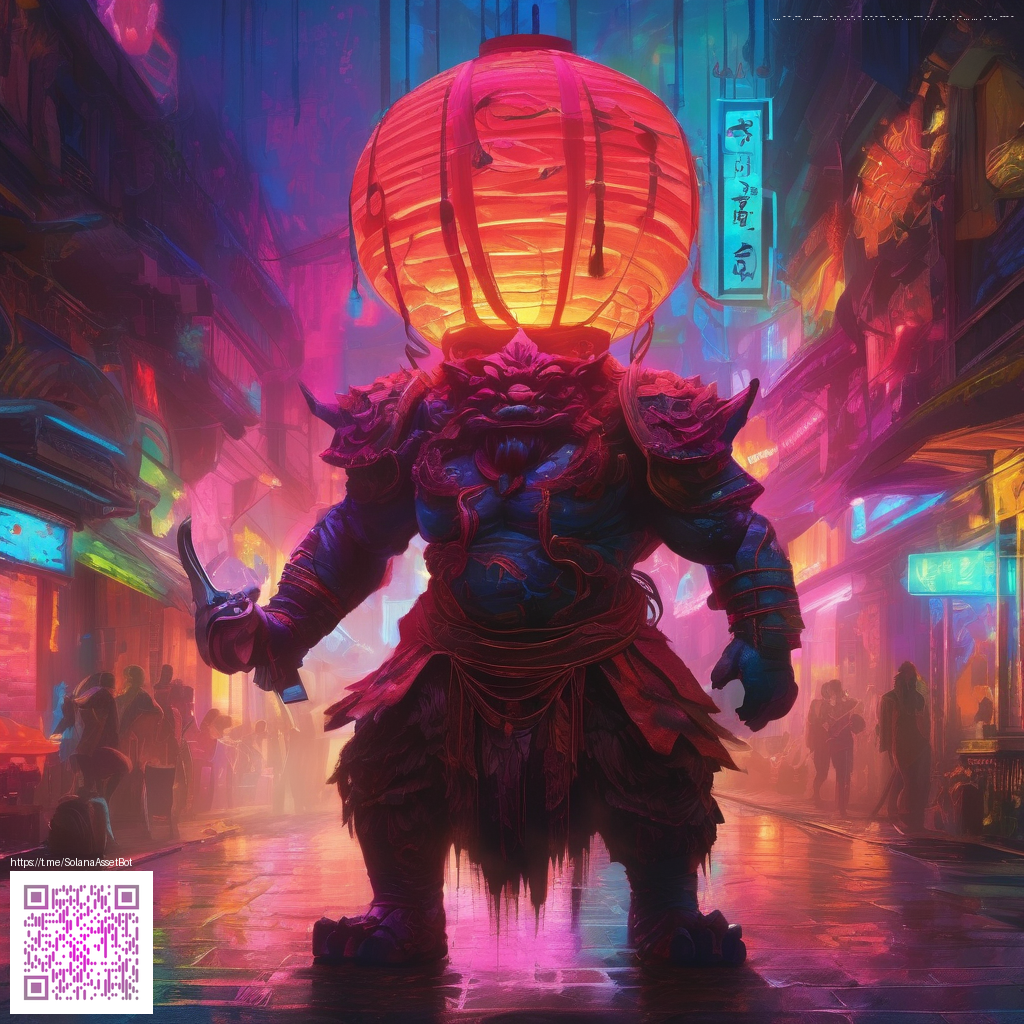
From concept to concrete textures: building digital texture brushes in Procreate
Designing texture brushes for Procreate is a blend of art fundamentals and brush-engine know-how. You’re not just painting textures; you’re encoding how light, grain, and surface interact with every stroke. The goal is to create brushes that feel tactile, respond consistently at different sizes, and still give your artwork personality. In this guide, we’ll walk through a practical approach to building texture brushes from scratch, with a focus on iteration, testing, and organization that keeps your workflow smooth and repeatable.
Foundations: grain, shape, and dynamics
Texture brushes rely on two core maps: a grain map (the grayscale texture that governs opacity and density) and a shape map (the stamp that determines how the texture lands on the canvas). In Procreate, you’ll tune elements such as Grain, Projection, Spacing, Scatter, and Tilt to simulate a wide range of materials—from weathered leather to rough concrete. Start simple: pick a grayscale texture for grain, a neutral stamp for shape, and then progressively introduce a second grain or a soft overlay to mimic complex surfaces.
Tip: aim for textures that don’t tile too obviously. Subtle rotation or irregular scaling helps disguise seams and makes the brush feel more organic.
Step-by-step workflow
- Capture or create a grayscale texture sheet. Keep the tonal range moderate so you preserve detail without harsh contrast.
- Export as a PNG with transparency preserved if you plan to layer textures later.
- Create a new brush in Procreate and assign your grain map to the Grain section. Tweak grain scale to suit your material—smaller scales for fine surfaces, larger scales for bold textures.
- Adjust Spacing and Scatter to distribute texture across strokes. Gentle scatter adds natural irregularity; heavy scatter works for more energetic textures.
- Use Tilt and Rotation to vary the texture with stroke direction and pen tilt, adding dimensional depth and realism.
- Test across a range of brush sizes and opacities. Save presets as you refine, and group related textures into folders for quick access.
As you refine, layering multiple grains with different opacities can reproduce micro-textures that catch light in subtle, convincing ways. The result is a brush that feels tactile without overpowering your linework.
Practical tips and common pitfalls
- Avoid textures that reveal their tiling; tiny rotations or irregular scales help conceal seams.
- Maintain a non-destructive workflow: save grain maps in project files and export brush presets for sharing or backup.
- Always test in context—apply your brush to shapes with curvature and edges to observe how it behaves under real drawing conditions.
“The best texture brushes balance nuance and control—textures should enhance, not overwhelm.”
For tactile inspiration, consider real-world textured surfaces like neoprene or stitched fabrics. A product such as Neon Gaming Mouse Pad—neoprene with stitched edges—provides a tangible reference for edge feel, fabric texture, and subtle wear patterns you might translate into brush dynamics. You can explore the product details in the shop’s catalog.
Looking for a broader workflow to complement your brush-building efforts? A related guide dives deeper into brush architectures and Procreate’s nuances, offering structured techniques you can apply to your texture projects. a related brush workflow guide provides practical examples and templates you can adapt to your style.
Tips for fast iteration and consistent results
Speed is the friend of mastery when it comes to texture brushes. Create a small set of core grain textures and a couple of versatile shapes that you can combine in different ways. Use a versioning approach: keep a base brush, then branch into variations with minor adjustments (grain scale, tilt range, scatter amount). This keeps your experiments organized and makes it easy to revert if a setting doesn’t deliver the desired effect.
Organizing your texture library
- Label grain textures by material type (e.g., leather, stone, fabric) and scale range.
- Group brush presets into folders named for surface families (rough, mid, fine) or for intended applications (sketching, concept art, painting).
- Document key notes for each brush: grain source, scale, scatter, tilt, and recommended brush size range.
With a disciplined approach to asset creation and organization, texture brushes become a reliable toolkit rather than a pile of experiments. They empower you to add depth to your digital canvases—whether you’re crafting concept art, character textures, or environmental details.
When you’re ready to take the next step, the quick-access product prompt at the bottom reflects a practical link to a real-world texture reference and a related resource that can inspire how you shape your own brushes.